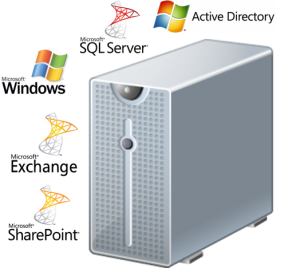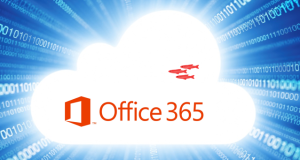 In the past few decades, small businesses everywhere have been drawn towards Microsoft’s Small Business Server (SBS) suite – thanks largely to affordability.
In the past few decades, small businesses everywhere have been drawn towards Microsoft’s Small Business Server (SBS) suite – thanks largely to affordability.
I’ve never been a fan myself, arguing that the downsides outweigh the apparent savings. Downsides that are typical issues caused by installing so many products on the same operating system – a practice Microsoft themselves advise against. Some of the real-life problems that this presents are issues at upgrade time (all or nothing), poor performance, coexistance issues and increased risk.
Ten years ago I would persuade businesses to avoid SBS, and invest in a proper deployment, with workloads spread across multiple servers in accordance with recognised best practice. The virtualisation revolution in the last decade made this scenario more accessible for small businesses.
Today everything has changed and without exception any business running Small Business Server should be looking to get rid of it.
What do you replace it with? The answer to this question will differ from business to business:
- Some businesses can go totally SaaS, with Office 365 perhaps combined with specialised line-of-business apps delivered via Cloud.
- Other businesses might still need a regular AD and File / Application server in a hybrid SaaS configuration. In this scenario a standard Windows server can be deployed, on-premise or IaaS.
 With Office 365 in the mix, the more functionality you can leverage, the better. This helps to reduce cost and improve integration. Most organisations jump at the Exchange enterprise email aspect of Office 365, but considering an SBS relacement, it pays to consider leveraging SharePoint Online, OneDrive for Business and Skype for Business.
With Office 365 in the mix, the more functionality you can leverage, the better. This helps to reduce cost and improve integration. Most organisations jump at the Exchange enterprise email aspect of Office 365, but considering an SBS relacement, it pays to consider leveraging SharePoint Online, OneDrive for Business and Skype for Business.
This is a very exciting time for small businesses looking for flexibility, reliability and innovation. If you are a small business owner running Small Business Server (or aging, dysfunctional servers), I would love to hear from you and discuss how to transition effectively to a more modern and dynamic platform.
